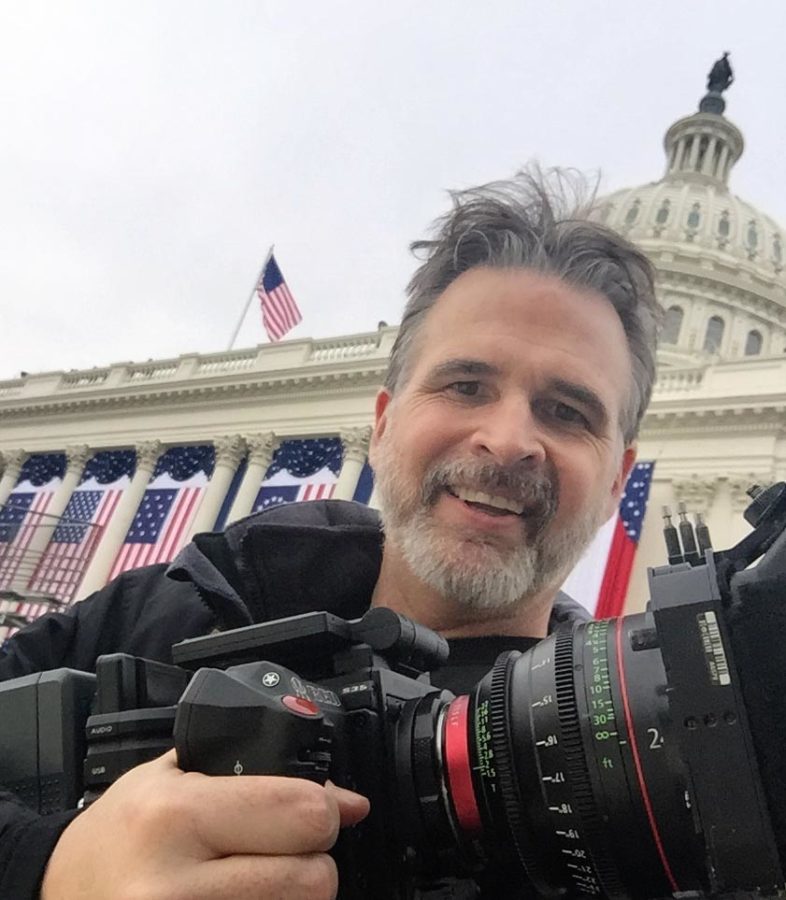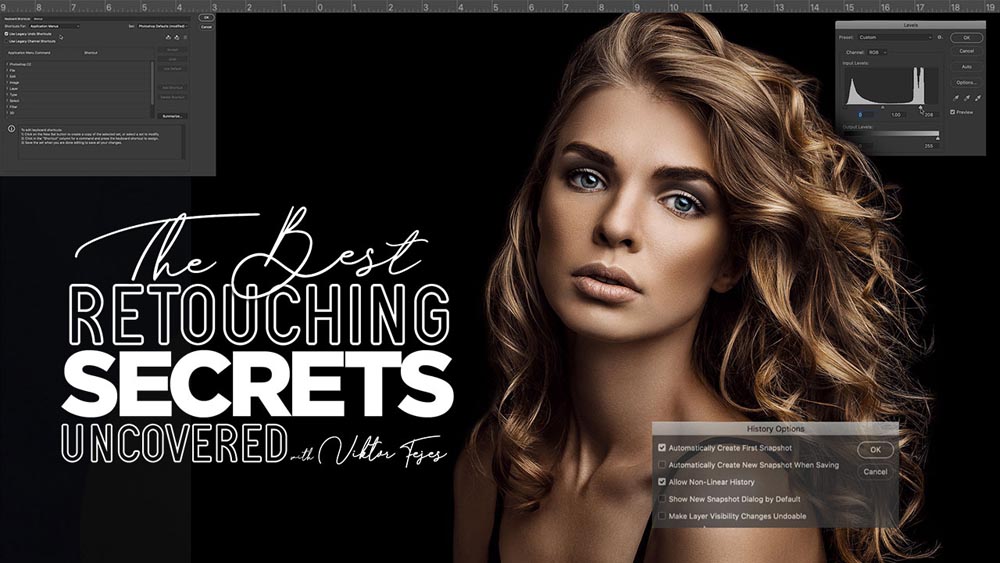
Pivoting to Video
In 1985, while still in high school, I received training in video thanks to the fact that cable companies across the United States were digging up every sidewalk to lay cable, and requiring community access stations and training in exchange for the monopolies in cities everywhere. Think a real-life Wayne’s World, without extra cowbell. Lugging around a huge tape deck and separately hardwired camera was a lot for this young scrawny high-schooler, but I managed, and learned a lot in the process.
In 2000, after a decade as a full-time still photographer, I returned and dipped my toe back into video. Over the years, my YouTube channel grew, largely as an arm of my efforts to promote best business practices for photographers and the messaging for my book, Best Business Practices for Photographers, where I did over 70 videos with a quick-hit insight into a single business topic in each one. Even so, my still photography business continued to grow, as did my staff.
Over the last five or so years, I began what can only be called a ocean-liner speed turn from stills and a little video, to making video a solid part of my business offerings to clients. In the last year, video revenues have grown to about 30% of gross revenues, and are headed in that direction even more in the near future.
So, why? As still photography grows into an ever- commoditizing offering, video still has largely non-commodifiable components. Knowing how to capture good sound, knowing how to edit a package, and even the addition of simple graphics like lower-thirds, means that it doesn’t seem to clients like “everyone can do it.” Further, telling stories in video is a really exciting way to express my creative side, and it’s a lot of fun. For many Adobe users, you already have Premiere as a tool you can download as a part of your Creative Cloud subscription.
Professionally, I’ve put together an award-winning documentary short that is on the festival circuit, worked on documentaries for Showtime and HBO, to name a few. Being a part of those teams have been incredible opportunities and really fulfilling in a way I’ve not felt since the early days of excitedly seeing my images on the covers of magazines on the newsstands.
KelbyOne has a great deal of DSLR filmmaker resources where you can learn now to do this, and it’s an exciting thing to add to your still photography side of the business.
How many ways can you learn to light a portrait? Why not start fresh with video? I’m not suggesting you abandon still photography, but if you’re not expanding your business, you’re slowly dying.
John Harrington is an award-winning filmmaker and Washington DC-based still photographer who has worked on assignment for, or whose work has appeared in National Geographic, Life, Time, Rolling Stone, HBO, Showtime, PBS, and many other news outlets, and whose commercial work has been completed for over half of the Fortune 500 companies over a 30+ year (and counting) career.
You can see more of his work at JohnHarrington.com, and keep up with him on Instagram and Twitter. Be sure to pick up his best-selling book Best Business Practices for Photographers, Third Edition from Rocky Nook!




